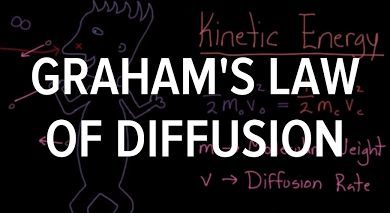Avogadro’s number: Definition, Example and Relation with Mole
In chemistry, we deal with substances which are composed of atoms, molecules or formula units. The counting of these particles is not possible for the chemists.the concept of Avogadro’s number facilitated the counting of particles contained in the given mass of a substance. Avogadro’s Number is a collection of 6.02 x 1023 particles.
It is represented by symbol ‘NA’. Hence, the 6.02 x 1023 number of atoms, molecules or formula units is called Avogadro’s number that is equivalent to one ‘mole’ of respective substance. In simple words 6.02 x 1023 particles are equal to one mole as twelve eggs are equal to one dozen.
[wp_ad_camp_1]
To understand the relation between the Avogadro’s number and the mole of a substance let us consider a few examples.
- 02 x 1023 atoms of carbon are equivalent to one mole of carbon.
- 02 x 1023 molecules of H2O are equivalent to one mole of water.
- 02 x 1023 formula units of NaCl are equivalent to one mole of sodium chloride.
Thus, 6.02 x 1023 atoms of elements or 6.02 x 1023 molecules of molecular substance or 6.02 x 1023 formula units of ionic compounds are equivalent to 1 mole.
For further explanation about number of atoms in molecular compounds or number of ions in ionic compounds let us discuss two examples:
- One molecule of water is made up of 2 atoms of hydrogen and 1 atom of oxygen, hence 2 x 6.02 x 1023 atoms of hydrogen and 6.02 x 1023 atoms of oxygen constitute one mole of water.
- One formula unit of sodium chloride consists of one sodium ion and one chloride ion.so there are 6.02 x 1023 number of Na+ ions and 6.02 x 1023 Cl– ions in one mole of sodium chloride. Thus, the total number of ions in 1 mole of NaCl is 12.04 x 1023 or 1.204 x 1024.

